|
Sunday, the day for quiet reflection and a pause from the week's relentless march, found me doing some research for a project. I was combing through articles, documents, and pieces of information, anything that could help. The clock on the wall ticked away, each second a reminder of time slipping by. But amid the vast sea of information, something caught my eye - an article on the science of happiness. It's funny how life throws things at you when you least expect it. Maybe it was the weariness in my bones or the mundanity of the research, but I clicked on that article. The title promised 10 secrets to achieving contentment, and I couldn't help but feel intrigued. As I read, the words began to resonate, each secret weaving a web of understanding, a map to a more fulfilling life. It felt like a call to change, a guide to living with a heart full of gratitude and a soul anchored in joy. 1️⃣ Spread Positive Energy: The article talked about spreading positivity, how simple acts of gratitude and kindness could uplift your spirit. I thought about my own life, the little gestures that had made a difference. A smile here, a thank you there. It seemed so trivial, yet so powerful. 2️⃣ Be a Problem-Solver: The idea of turning challenges into growth opportunities was a stark reminder that life wasn't about avoiding struggles but embracing them. It reminded me that why we should sometimes breathe a little, and embrance problems as stepping stones. 3️⃣ Harness to a Project: Engaging in passions that bring fulfillment, the article suggested. Just like my project. The article went on, each secret revealing a path to happiness:
I sat back, the weight of the words sinking in. It was simple, yet profound. A blueprint for living a content life, for finding joy in the mundane, for embracing the chaos and still finding peace.
Sharing this as a record felt like the right thing to do, a way to spread positivity, to offer a hand to someone who might need it. We're all on this journey, stumbling, falling, getting back up. Sometimes, all we need is a little guidance, a nudge in the right direction. These ten secrets weren't just words on a page; they were a lifeline, a beacon. They reminded me that contentment wasn't a destination but a journey, a way of living, a choice. I knew that come Monday, life would resume its frantic pace, but something had shifted. I had found a piece of wisdom, a treasure amid the chaos. And for that, I was grateful. Sometimes, happiness is right there, waiting to be discovered, in the most unexpected places. All we need to do is pause and take a moment to see.
2 Comments
Thinning hair is a natural part of getting older. And men tend to lose their hair more quickly and more noticeably than do people of other genders. Male hair loss is so common and normal that we ever refer to this as androgenetic alopecia, or male pattern baldness. Below, we’ll talk about how you can cover thin areas of your hair, if you wish to do so. We’ll also discuss how to treat thinning hair naturally, and how to enhance the look of your hair and build your confidence as your hair changes over time. If you’re looking to cover up thinning areas of hair, here are some tips: 1. Wear a wig or toupee A wig or toupee can cover large areas of thinning hair. It can be made of natural hair that matches your hair color. 2. Use scalp sprays You can use a spray or colorants that match your hair and scalp color to fill in thinning areas of your scalp and reduce the appearance of thinning. 3. Try a crown weave Ask your barber or hairstylist for a crown weave for thinning on the top of your head. 4. Play with your hairstyle Try a hairstyle like a comb-over, slick-back, or pompadour to add volume and cover thinning areas in the back. 5. Scalp massage Gently put pressure around your scalp with your fingertips. This helps blood flow more easily to the follicles and promotes hair growth. Try using castor oil to moisturize your hair and get your blood flowing at the same time. Both may help you grow more and thicker hair. 6. Essential oils Try applying an essential oil, such as lavender or rosemary, to your scalp and hair to promote hair growth. Lavender oil has been shown to be somewhat successful in helping treat thinning hair. Before applying the oil to your scalp, you’ll want to do a patch test to make sure you’re not allergic. You can do this by putting a small drop on your skin first and waiting 24 hours. If your skin turns red and itchy with hives, you may be allergic. Don’t use the oil if you see this reaction. 7. Shampoo Try an anti-thinning shampoo that can add volume to your hair and nourish it and its follicles with vitamins and amino acids. This can help bring nutrients and moisture to your scalp that can promote hair growth and follicle health. 8. Vitamins Try a multivitamin rich with iron, folic acid, and zinc to ensure that hair grows back consistently thick and healthy. Talk to your doctor before you take any new vitamins. There isn’t a ton of evidence that vitamin supplements will cause hair regrowth, and having too much of a specific vitamin can lead to other health issues. 9. Minoxidil (Rogaine) Minoxidil (Rogaine) is a topical hair loss treatment that you apply to your scalp two times a day to help promote hair growth in thinning or balding areas. Rogaine is approved by the Food and Drug Administration (FDA) for use at home, and there are plenty of studies proving that it can help. Talk to your doctor first to make sure it will work for you, and to go over any diet or lifestyle changes you may need to make to help Rogaine work more effectively. 10. Prescription medications and treatments Here are some medications for hair thinning and loss that your doctor may be able to prescribe:
11. Hair transplant This procedure should be a last resort if you want to completely refresh your hair growth. A hair transplant may not help everyone and can lead to scars or unnatural hair patterns if done incorrectly. 12. Microneedling for scalp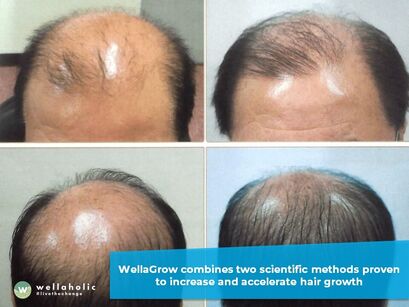 WHAT IS WELLAGROW? WellaGrow is a special Unlimited Hair Loss Treatment Package in Singapore that combines both the Microneedling for Scalp (with Minoxidil) and Low Level Laser Therapy into a monthly unlimited bundle which offers up to 4 weekly treatments a month at a heavily discounted pricing. WellaGrow is highly recommended by Wellaholic as this combined the various scientific treatments to treat your alopecia areata, thinning hair or receding hairline and accelerate your hair growth over a shorter period of time. WellaGrow = Microneedling for Scalp + LLLT combined IS WELLAGROW BACKED BY SCIENCE? WellaGrow including both Microneedling for Scalp as well as Low Level Laser Therapy. Both treatments have numerous research reports and case studies backing them up. Microneedling for Scalp
It’s not entirely clear what causes thinning hair in men.We do know that male pattern baldness has something to do with androgens. These are hormones responsible for controlling bodily processes that happen during and after puberty, including hair growth. Testosterone (T) is the most well-known androgen. An androgen called DHT is most involved in hair growth. High levels of T and DHT may influence the speed of your hair cycle, which can lead to thinning hair. First, here’s a quick refresher on hair growth:
A 2001 study found that men who experienced male pattern baldness tended to have a specific genetic variant of a receptor called the StuI restriction site that shortens the genetic code responsible for hair growth. But a 2017 study found that at least 200 other possible genes may contribute to your chance of male pattern baldness. Some environmental and lifestyle factors can also affect hair loss, including:
ConclusionSeek medical help as soon as possible if you notice any of the following along with thinning hair:
losing large amounts of hair elsewhere on your body losing hair in large patches or chunks losing or gaining an abnormal amount of weight without any major diet or lifestyle changes unusual symptoms like fever, chills, or fatigue Thinning hair and hair loss are natural. But losing your hair can still be a distressing experience. That’s why it’s important to learn what works best for you to minimize how much thinning hair disrupts your life, whether it’s a new style, a new look, or just making your new appearance a part of who you are. Good Habits Serve You WellWe all have habits, both good and bad, which you may choose to, render the way they are. Entirely outside of your conscious control or you could finally opt to begin to fashion a brand new success custom place, which will serve you in the future. If you plan a success habit set, which will be aligned with everything you need to help you achieve your targets and dreams, you get to carry out all of the crucial goal specific tasks every day, in a simple manner. Carrying out all the goal certain activities will feel as effortless as walking or driving your vehicle. Neither of which demands any conscious thought in any way. This is where the challenge lies, when you introduce this new success custom building procedure in your life. You need to know where you want your life to go, identify the bad habits, which aren't serving you and function to replace them with the success habits which will. Now by starting with the end in mind, identify the success habits, which will support you to achieve exactly that amount of success. Secondly explore your existing habits and identify the ones, which are restricting your progress. Habits like procrastination, always running late, never completing jobs, constantly feeling diverted, etc. are all habits, which will severely restrict your success. It's worth asking the folks closest to you personally for their input. Ask them to make a listing of all of the behaviours they think are restricting you? Create Success Habits for LifeAs you understand habits are not something you introduce in your daily life in a day. They take time to develop and require conscious effort exerted daily over a span of around 66 - 90 days to become more materialistic. Since you're working daily to introduce any new habit in your experience, try to visualise exactly what your life will be like once you execute that new behaviour, without even having to consider it. Visualise what your life could be like, if you ate healthy meals, exercised frequently or took those goal specific activities daily. How could your world enlarge, if you stopped cooperating, overcame those irrational fears, or you started to community with the perfect people and built a real connection with them? All with no conscious thought at all. Write Down Ideas for Productive HabitsStart by writing down the most productive habits you will need to introduce into your life. Now choose just one new behaviour or habit, which you may invest another 90 days into developing. It will obviously take daily discipline, consistent effort and commitment to perform the new behaviour. After about 42 days, the new habit will begin to become entrenched. If you keep applying yourself and you ensure that you do not skip a day, without taking out the new behaviour. After 90 days you'll have a brand new success custom, which will serve you moving forward. Yes, you will only develop one new success habit every quarter, but that equates to four new success customs a year. How can your life begin to change when you have four new success customs the first year, eight in the twelve and second the third etc.? Developing new success customs won't happen daily, but over time you will be equipping yourself to achieve effortless success. Make this WorkThe best way to make this work for you, so you could successfully introduce one new achievement habit in your life, every quarter, begins with you creating a exceptional method, which suites you and your distinctive set of circumstances.
Wake up in the afternoon and visualise how your life will improve as soon as you have entrenched this fresh achievement habit in your life. You can encourage one another to develop your new success habits. The only means to make certain that this works is to get a clear plan of action along with also a method to remind you to execute the new behavior daily. It is also crucial that you are very clear about why you are creating the new success habit. Figuring out the reason you want to develop the brand new success habit, so that you will be equipped to recognise situations, which call for one to respond or perform the new behaviour. Stick to the Habits Until They StickWhen you are creating your brand new success habit, don't tempt yourself to behave in any other way by creating the new habit optional. For instance: if your new custom is to go to bed at a specific time. Even if you're not tired, then go to bed. Never compromise your new habit in any way. It is going to never become entrenched, unless you're disciplined and consistent.
The four new customs, which you are likely to develop each year, may look like nothing at first, but over time, you will start to see remarkable improvements, on your results, as you develop an increasing number of success customs. Creating new success habits is a long-term commitment, but one that's well worth every ounce of work required to create them. Our Digital AgeThere is an arguable argument that our digital age makes it much easier for people to connect. Emails, messenger programs, social media platforms, dating apps and perhaps even video gambling have been the societal norms for connecting. Maybe we are missing a very clear and overlooked point Human interaction is a foundational element of relationship. It's also an integral component of the health of the nation. Consider important pieces of society for example: education, medicine, law, police and homeland security. So as to successfully operate in any of these areas, human interaction is necessary. Putting Value on TechnologiesYet we continue to put such tremendous value on technologies that our skillsets are getting to be obsolete. In our quest for time optimization, we have created suboptimal methods for establishing and maintaining healthy connections. Every year we advance technologically, we now step further and further away from authentic relationship. The results are increased rates of stress, depression and suicide. Online courses are getting to be a key source of education. Text messaging is considered a suitable way for partners and spouses to communicate together and internet relationships have become considered romantic kinds of relationship. We are losing touch with one another and simultaneously losing the foundational pieces needed for well-being in society. The Importance of Human LinkBoil it down to the fundamentals, you can't digitize human link. Manners can not be learned from online platforms. Love can't be fostered exclusively through words typed on electronic screens. Respect can't be educated through a Marvel movie or a YouTube video. Health cannot be learned by seeing fit bodies on Instagram. And medical assistance cannot occur without connection. Now, think about the enormous irony of our electronic age with respect to getting help or support. Whenever someone is in emotional or psychological tragedy, we implore people to start up and discuss how they are feeling. Here's the logical and obvious question that is always overlooked. How is somebody expected to reach out and connect when their primary habits of participating have rendered them? Skillset of VulnerabilitySeriously consider the difference at play here. We're asking someone who is suffering to access and/or suddenly acquire, a skillset of vulnerability to associate using a method that is no longer the standard. The expectation is that somebody will easily reach out as it takes connection in a means that has become so foreign not just in opinion but in their actual neural communication. Please continue to reflect these points when you find yourself so shocked over how many children and teens are taking their own lives as well as members of the army, law enforcement and first responders in our country. Life is precious, but we're placing more value on technologies. Start Connecting NowDo not wait for a crisis to know the connection, or even the lack of it in your own lives. Take the time to slow down. Take the opportunity to learn how to link. Start on your own, then your families as well as mad as it might sound, begin to reflect in your community and building relations. Technology doesn't breathe. You do, your peers do, your educators do, your partners, your neighbors do. Stay connected.
IntroductionYour company has taken all of the strides to accommodate the contemporary age. It has been outfitted with social networking profiles, an email marketing campaign -- all of the digital advertising bells and whistles. Nonetheless, it turns out, there is 1 thing that you did not prepare for when committing into the age of the internet. What is it? These dreaded comments on social media profiles and Yelp pages may come as a horrible shock and a bit of a psychological blow. But how can you cope with them correctly so that the terrible reviews left by the occasional disgruntled customer can be over a lousy start to this day? For 6 of the top tips on staying positive in the face of negative online testimonials, keep reading! 1. Bear in Mind, You Can't Please Everyone When it comes to dealing with negative testimonials from clients, it's absolutely necessary that you recognize that there has never been a company or organization that has not gotten a lousy review. You may take those negative words but you're far from the first to do so. With over 7.6 billion humans on the surface of the planet, there's bound to be one who is having a bad moment. There's bound to be a person who had unrealistic expectations, and yet another who caught your employees on an off moment. 1 bad review does not signify that the end of your business -- it just means somebody felt they had something to say. Read it and take away the comments, then proceed! 2. Know That Bad Reviews Aren't Always Indicative Your Quality Remember that moody client we mentioned? The person who had an awful evening where all kept going wrong, then your website was slow to their order took a little long to fulfill and it only pushed them over the edge? Their bad day is not always indicative of the caliber of your business overall. Thus, don't think it is! Odds are, for every negative review you have gotten, there are two or three or ten good ones to match it. You most likely have hordes of customers that come through your doors or inbox that feel totally satisfied with their experience. They simply might not have to Yelp to talk about it. Just because you've received a bad review or two does not mean that your business is doing something fundamentally wrong. Negative feedback is seldom, if ever, indicative of the quality of your company all around! 3. It could help with CredibilityHave you ever found yourself scrolling through a list of reviews for a business and discovered yourself skeptical of those reviews? They're all 5 stars! Could they be real? Has this company compensated for imitation reviews?! The occasional bad review can really help your company's credibility and the believability of those decent reviews. It indicates that your business doesn't have anything to conceal. If there's one poor review for each 10 glowing ones, then it is going to be easy for your clients to shrug off the negative comments made by that one bitter customer. A research conducted by Harvard University actually demonstrates that 95% of clients are more likely to believe in and trust a business that's got a mix of good and negative reviews. Your customers know that no one is perfect; they appreciate a company's willingness to acknowledge this fact about themselves. 4.Remember That Every Bad Review Is a Chance to GrowAlright, we'll admit: Some bad reviews are just plain...bad. Some customers like to complain for the sake of complaining. However, in the case of several negative reviews, there is something to be removed and implemented toward boosting your company and its services. Try to place emotion aside when reading bad reviews. If you require assistance in this section, have a look at this helpful site. Look at them objectively and ask yourself if there's anything your business can do to prevent future unwanted encounters. Ask yourself how your team might implement this negative feedback to enhance its processes as a whole. An important aspect of running any sort of business is the capacity to grow and adapt to an ever-changing market. If you're not growing and adapting, your business will fall from favour in the blink of an eye! Look over your negative reviews as a constructive tool-as advice for helping you grow. 5. Always Respond to the ReviewThere is only one thing which provides a negative review genuine power against your enterprise. It's your team's failure to respond to that negative review with attempts to right the circumstance. Responding publicly to the situation, however, helps your organization in several of ways. It gives the opportunity for you to regain respect from the client who issued the adverse review. Additionally, it demonstrates your dedication to doing things directly to the remainder of your customers. If you think customers won't pay attention to your response to adverse conditions, consider again. Studies reveal that companies, like hotels, that openly reply to negative reviews really find a significant uptick in earnings once they establish a normal response pattern to unfavorable feedback. 6. Encourage All Sorts of ReviewsOne of the most proactive ways anybody can possibly operate to handle negative reviews is to venture out of their way to ask clients for reviews. This accomplishes several things. First, it shows customers that you value their opinions.
Secondly, it helps you to raise the concentration of favourable reviews on your page. And lastly, it gives a better sample size of reviews from a wider array of customers. Consider offering little incentives to clients who move out of the way to reassess your services. A little coupon or giveaway for participating clients can go a long way. Plus, encouraging testimonials from the customers gives you a much larger pool of opinions to use. This permits you to show your customers all the ways in which you've implemented their feedback! They'll see firsthand what a customer-oriented business you are. You know about that morning-routine thing: Everyone adores that waking up early and sticking to a routine can help you to get more done. But if you get out of bed at 5 am or 3 pm, it is the first 20 minutes of your day that may set you up for success. The mind generates electrical patterns, often known as waves. Researchers have discovered a correlation between the frequency of brain waves and the body's state. When you first awake, your brain works at around 10.5 waves per second. The variety from eight to 13 Hz, or cycles per second, is the alpha phase. It has been called the gateway into the subconscious thoughts. Have you ever gone into a semi-daydreaming state while commuting? A couple of minutes pass, but you do not remember what occurred. It is likely your brain entered the alpha state. Without getting too deep into the science of brain activity, it's safe to state your subconscious mind is the busiest right when you wake up. You can train your brain to use this subconscious action to believe positively and accomplish more throughout your day. This quick checklist outlines six simple things you can do in order to take advantage of these initial few minutes. 1. Do not click the snooze button.Don't ever click your alarm's snooze button. This tells your brain it is OK to procrastinate by putting your day. 2. Do make your mattress.Your room will look cleaner and feel more organized -- either of which trains your brain to want to have things done, right away. It is a small triumph, but you can build on it as your day persists. 3. Visualize your life.This is most likely the best thing you can do in the alpha state. Visualize your life. What will it be in five years, when you've achieved your goal of building your business? How about your own relationships? Concentrate on how they'll look in the future and what you really want to make them real. Tap into your subconscious thoughts to ask exactly what you would like and make your brain drive your own actions. 4. Watch a motivational video.When you're up, not a tough day can get you down. If you are truly motivated, you know you'll reach your milestones -- no matter what. Big achievements are never simple. During the last year, I've found inspiration from quick-hit videos that help me refocus once I begin to burn between work and my studies. Once you complete your visualization exercise, see a movie that reinforces the link between goal and action steps. 5. Keep a JournalDuring the last year, I intentionally developed several habits to become more mindful. Maintaining a journal rankings near the top of the list concerning influence in my life. You can use a journal to write down some of your affirmations, spread positive thinking and plan daily by means of these "morning pages." Clear your mind of any thoughts that may interrupt your attention.
IntroductionIf you’ve been thinking about going global, now is the time to do it. You have a case of e-commerce sales expected to hit $4.5 trillion in 2021 and social media becoming the modern rendition of a town square on a global scale. This makes the traditional barriers to entering new markers barely five inches above the ground. As an ambitious business owner, you can start by winning your local market. Then, it’s only natural to start looking outwards into the rest of the world. The way to do so is by creating a global branding strategy that’s ready for market fluctuations on the global level, never mind the language barriers. Yet, it’s more than worth it. What is Global BrandingAlright, we know it’s rather exciting, so we understand why you’d like us to jump right into it. However, let’s explore what global branding entails before catapulting into the unknown. In the simplest of terms, global branding is a method of designing standardizes global advertising and marketing strategies. These strategies are used to develop —and market— a product or service to be recognized on the global level. By using the same marketing strategy to promote the brand everywhere it’s on offer, the business can confirm that the brand’s values are consistent across all markets. Now that we have the definition pat-down, let’s talk about the top five benefits of global branding. 1. Increases the Effectiveness of Products or ServicesWhen you’re competing globally, you’ll be forced to do —at least— double the effort you put in product development or services on the local level. You’ll grow and learn from your mistakes, as well as become more effective at rolling out better products and services. This happens due to the wider exposure of your business to a worldwide audience. You’ll be getting feedback in a variety of languages and across different cultures. Make sure you have a language service provider because you’ll need it. 2. Creates a Strong Competitive AdvantageLeveraging a global market can open a variety of business doors, from investment opportunities to a stronger reputation at home. When you’re competing with local businesses, you’ll be able to use the knowledge you have from marketing to a global audience to your local environment. For instance, say you’re noticing an emerging business trend on a global scale. You can use you’re already existing infrastructure and connection to catch the wave right before it reaches its highest point. 3. Boosts Customer AwarenessIn this day and age, reaching out to a company across the world would take the average person less than five minutes and a couple of clicks, and vice versa. Therefore, having a global branding strategy you can easily open communication lines between your company and your customers wherever they are. You can inform them about any recent brand updates, and they can share that with their friends and family. This can immensely grow your customer base with barely any effort on your part. 4. Grants Greater Access to TalentOne of the great benefits of going global is the ability to tap into global employee markets, especially the ones rich with unique skills and mindsets. Naturally, this gives you a substantial edge over other competing companies in your industry that haven’t gone global. 5. Diversifies Your Company’s MarketsNothing helps with managing risk better than diversifying your markets. What better way to do so than expanding globally? With a limited local market, you may experience anything from a traditional downswing of your industry’s business cycle or a natural disaster that wipes the demand for your services. However, once you diversify your markets by adding multiple global ones to your portfolio, that will stabilize your revenue sources. How to Expand Your Brand GloballyIt’s awfully clear that you’ll need more than a couple of social media accounts to create a solid global branding strategy. There are a couple of main steps you’ll need to take in order to avoid misunderstandings across borders from occurring. Choose the Right Market
It might seem intuitive at first to aim for the biggest markets out there. By biggest, we mean markets with the highest number of potential customers. However, that may lead to stretching your budget too thin trying to cover every customer segment available in big markets. In addition, you might start running into relevancy problems. The way to go would be focusing on an expansion market that isn’t necessarily the biggest, but the one most relevant to your brand and the services that you have to offer. Make sure to aim for markets where you’ll be able to address your customer’s pain points via your products and services. Research Until You Drop If you look at the leading global brands today, you’ll find that they sink enormous amounts of money into market research. It’s not that they have money to burn, it’s all about doing their homework. When McDonald’s did their homework on Indian markets, it resulted in a breakthrough into vegetarian options for McDonald’s on a global scale. In addition, it converted —literally— millions of people to try McDonald’s in a majority-vegetarian country. Through the use of focus groups, surveys, and questionnaires, you can learn a huge deal about what makes your audience tick. Furthermore, it gives you great insight into how your brand translates across cultures and other environments. You don’t want to find out that your new line of perfume uses a flower that symbolizes mourning in a specific culture after it’s been launched. The Boyzilian Trend is in - Benefits of Permanent Hair Removal for MenPermanent hair removal has been a beauty treatment associated with women since a long time ago. But with more and more men booking appointments for "Boyzilian" hair removal treatments, this seems to be set to take over the male grooming industry. Similar to Brazilian hair removal for women, Boyzilian or Manzilian effectively and permanently removes the hair around the pubic region (both the front and back areas). Whether it is for aesthetic or for personal hygiene, permanent hair removal procedures are far more long lasting in comparison to shaving, waxing or trimming so it is simply the best option if you are looking for effective results, without the painful side effects associated with ingrown hairs caused by waxing or shaving. Here at Wellaholic, we have seen an uptrend of boyzilian treatments done. In this article, we will share the 7 main benefits of permanent hair removal for men. 1. NO MORE SHAVING RASH OR INGROWN HAIRS It is definitely time to say goodbye to shaving rash or those ugly ingrown hairs and the infection associated with them. A shaving rash, or a razor burn, can affect anyone who shaves part of their body. If you have ever had a red rash after shaving, you were likely experiencing a shaving rash. Shaving rash can cause tenderness, a burning or hot sensation, itchiness and also small red bumps and a general sense of discomfort. According to a survey by Braun, about 62% of men now manscape regularly, with those that do saying it makes them feel cleaner, sexier and also enhances the appearance of their muscle. While shaving and waxing are the more common forms of hair removal in the past, they do not lead to permanent hair reduction, and there are many horror stories of ingrown hairs. 2. ADDED CONFIDENCE With about 8 to 12 sessions of treatments spaced about 28 days apart to align with the anagen hair growth cycle, you are able to achieve long-term hair free results. At most, you will need to do a top up or a maintenance session once or twice a year to keep those hairs away. Being overly hairy can sometimes make some guys feel a little self conscious. The hairs might also prevent you from wearing what you want to wear. Hence, by going all smooth will help provide you the freedom to wear whatever you want to wear as a boost of confidence. 3. BETTER CARE FOR YOUR SKIN By being able to see your skin clearly, you might just be more motivated to take better care of your skin, such as moisturising it on a regular basis. You might also be more aware of any visible skin issues or problems that you might have, and develop a better understanding of your body. By adopting a regular skincare routine, you can also help slow down the ageing process. 4. LESS TIME SPENT ON MAINTENANCE You would certainly agree that shaving, trimming and waxing are pretty mundane tasks which are also time consuming. With permanent hair removal, you don't have to repeat these tasks, or even worry if your stubble is growing out. Your smooth skin is here to stay for a long, long time! 5. BE ALWAYS READY FOR A HOLIDAY Going for a spontaneous adventure? Or got invited for a pool party? Or indulging in some water sports? You never know what comes up, so by going all smooth permanently you can be ready for any outdoor activities with any attire without the the need to shave and prepare for it. And definitely no ugly hairs sticking our of your trunks! 6. AVOID THE PAIN Waxing can be very painful, and the hot wax ripped at speed away from your sensitive skin areas does not only cause a lot of pain, it is also not good for the skin. With newer technologies such as Wellaholic's SHR hair removal, permanent hair removal does not need to be a painful affair. In fact, we have many customers falling asleep during the SHR hair removal treatment! 7. TIME TO BE KIND TO YOUR SKIN Because SHR hair removal targets both the melanin and the stem cells responsible for hair growth, the energy pulses safely destroy the hair follicles at the root and does very little damage to the skin or the surrounding tissue. Find out more about Wellaholic's all-inclusive WellaSmooth hair removal plan here.
7 Expert Tips for Getting the Best Results from Your SHR Hair Removal TreatmentAt Wellaholic, there is a useful article for those who would like to see better results from their hair removal treatment. Hence I am sharing the post here as well and hope you find it useful. So you have decided to give it a go and try hair removal in Singapore. After reading about the various kinds of hair removal, you have settled on SHR hair removal as it is a newer form of hair removal technology and more effective and less painful than IPL hair removal. A quick search on Google brought you to Wellaholic as one of the leading SHR hair removal treatment chains in Singapore. Congratulations! We look forward to helping you with your hair removal objectives. Nevertheless, how can you fully maximise your SHR hair removal treatment to achieve the best possible results? Based on various scientific journals on SHR hair removal technology and expert panel discussions, we share with you 7 expert tips for getting the best results from your SHR hair removal treatment, including some unique to Wellaholic. 1. AVOID THE SUN. ALWAYS. We have said this to our customers too often. Always avoid full sun exposure (to the treated area) before and after the SHR hair removal treatment. While you might want to go to the beach to show off your nice and smoothly body, we would caution you from doing that. This is because the treated areas would have been subjected to strong SHR energies in order to affect the hair follicles to stop hair growth. By exposing your skin to the sun, you would be over-stressing your skin, and this may lead to skin complications such as hyper-pigmentation. Always try to give at least a week or two of gap between treatments and sun exposure, and if you really, really need to be exposed to the sun. Use a reliable sun protection, such as our award-winning Wellaholic Daily Sunscreen, Winner of Best Skincare for Best Face Sunscreen (Reader's Choice Awards) by Beauty Insider Beauty & Wellness Awards 2019. 2. YOU NEED TO SHAVE BEFORE TREATMENTContrary to what your friends might have told you, you actually need to shave before your SHR treatment. By shaving, you allow the SHR energy to be fully absorbed by the hair follicles, thereby improving the effectiveness of the treatment. Ideally, shaving a day before treatment (most customers do that in the evening prior to their treatment). Nevertheless, there are always difficult-to-reach areas such as the back and the private areas. At Wellaholic, we have our bestseller WellaSmooth Ultimate Plan which includes not only unlimited full body SHR treatment, but also unlimited shaving and post-treatment whitening or hydration with AfterGlow. 3. THE OPTIMAL HAIR GROWTH CYCLE STARTS FROM 28 DAYSThis is one of the most common misconception about hair removal. We do have many customers thinking that after their first session, their hairs will stop growing. This is actually not the case. This is because what happens is that when one follicle dies, there might be another one next to it that may regenerate itself. Hair grows in different cycles so at any time, 30 to 60 percent of the hair is in the anagen growth cycle stage. The laser is targeting the hairs in the growth stage. The dead ones that are dead will shed after a few weeks. By the time you go for your next appointment (recommended 28 days later, to time with the hair growth cycle), the hairs that were in their growth stage will now by in their dormant or dying stage. This is also why we always advise customers to stick to a strict 28-day treatment schedule to see the best results. 4. UPDATE ON YOUR SKIN COLOUR AND ETHNICITY TO DETERMINE THE RIGHT SHR SETTINGSLasers work differently on light and dark skins. People with fair skin will fall under Type 1, 2 and 3 and responds best to shorter wavelength (755 nanometers), which is easy on the skin and also effective on light hair. On the other hand, people with dark skin will fall under Type 4, 5 and 6 (where Type 4 is Indian, and Type 5 and 6 being African American). In this case, we will use a wavelength that bypasses the epidermis and has a long pulse like the 1064 nanometers and safe on their type of skin. In short, always sharing with our consultant your hair type and colour, as well as your skin type and colour to allow the consultant to adjust the setting that's best suited for you. 5. YOU WILL NEED 6 TO 12 OR MORE TREATMENTS TO SEE MAXIMUM RESULTSLaser hair removal is a procedure where a specific beam of light bypasses the epidermis and targets the follicle. This disables the reproductive cycle of the hair without hurting the skin. As laser hair removal destroys the follicle, the hair shaft becomes weak and limp, and with repeated treatments - about 6 to 12 treatments - the follicle dies and no hair grows. For areas with a dense hair follicles, there are more hair follicles to treat, and hence more treatments are necessary to target all hair follicles with varying hair growth cycles. Based on our experience, facial hair and hair at the private areas require 12 or more treatments to fully stop hair growth. 6. CHECK OUT OUR PTT WITH AFTERGLOW IF YOU HAVE HYPERPIGMENTATION ISSUES If you are suffering from hyperpigmentation issues (common at the underarm areas or the private regions), you might want to consider our PTT with AfterGlow. Further enhance the tone and suppleness of your treated skin with our PTT or Post-Treatment Therapy with AfterGlow. Choose from either Whitening Therapy for hyperpigmented or darkened skin, or choose our Hydrating Therapy for accelerated skin repair from the harsh SHR energy rays. Then end it off with our AfterGlow™ red light treatment which helps to repair and rejuvenate your treated skin. WHITENING OR HYDRATING? YOU DECIDE
7. SEEK OUT A PROVIDER THAT CAN TAKE CARE OF YOUR HAIR REMOVAL NEEDS FOR A LIFETIME, LIKE WELLAHOLICWhile SHR helps to permanently remove hair after 8 to 12 sessions, we have a small number of customers that see hair growth in specific areas after some time has passed. This could be due to their genetics (specifically hair gene Lhx2). We felt that it is not fair for customers to pay a full price again to treat the area again. Our proposed solution: a LIFETIME MAINTAIN MODE for these customers. This Lifetime plan is unique to Wellaholic, and we have not seen any other providers able to offer this to their customers.
If you qualify for Lifetime Maintain Mode, you get to enjoy >50% discount off per-session SHR hair removal treatment rates for the rest of your lifetime! This is our way to taking care of customers who might have completed the SHR hair removal regime but find hairs growing back again some time in the future. With this Lifetime Maintain Mode, you will never have to pay full retail prices for maintenance treatments with Wellaholic! If you spend much of your time building content on the web, you will need to have the right tools and assets to help you create the best content that's available on the internet. In this post, we have summarised the list of the top 100 marketing resources. According to the 2019 Content Marketing Institute Content Management & Strategy Survey, 45% of marketers cited content production workflow as one of their biggest strategic challenges, and 44% bemoaned lack of budget. Do look through this long list of useful resources to see if they can help jump start you content marketing! Resources for Copywriting
Resources for Data Sources and Visualisation
Resources for Design
Resources for E-Books
Resources for Email Marketing
Resources for Iconography
Resources for Infographics
Resources for Inspiration and ideas
Resources for Interactive content
Resources for Photography
Resources for Presentations
Resources for Video
|
Categories
All
Archives
June 2020
|
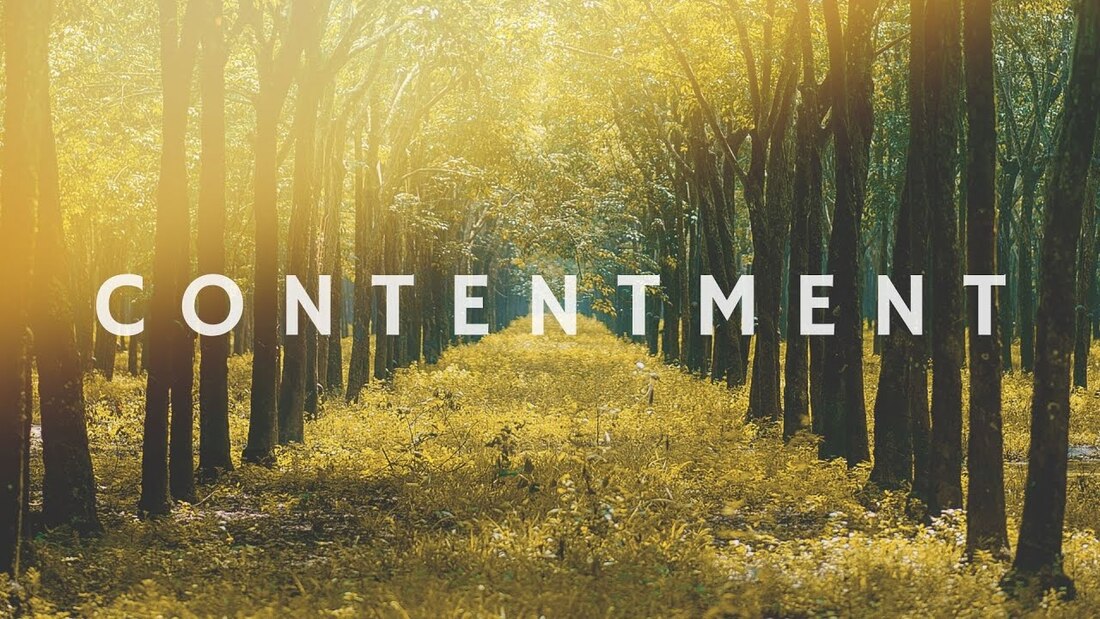

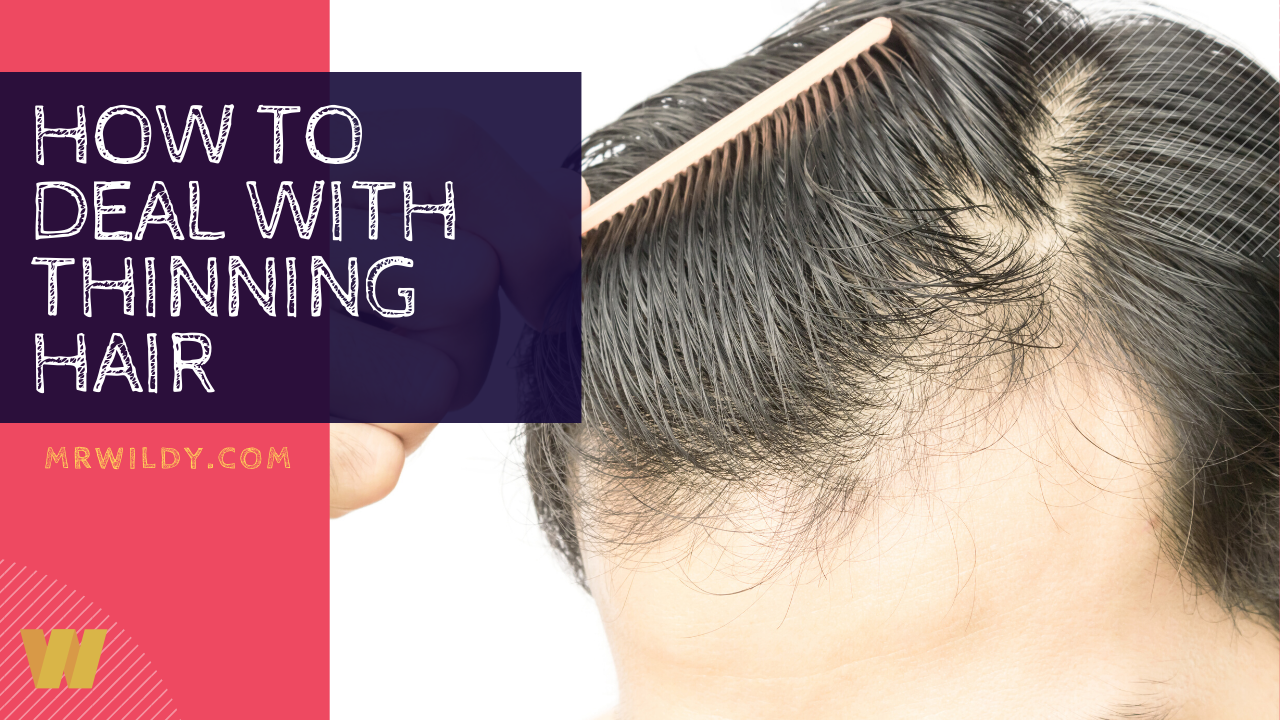
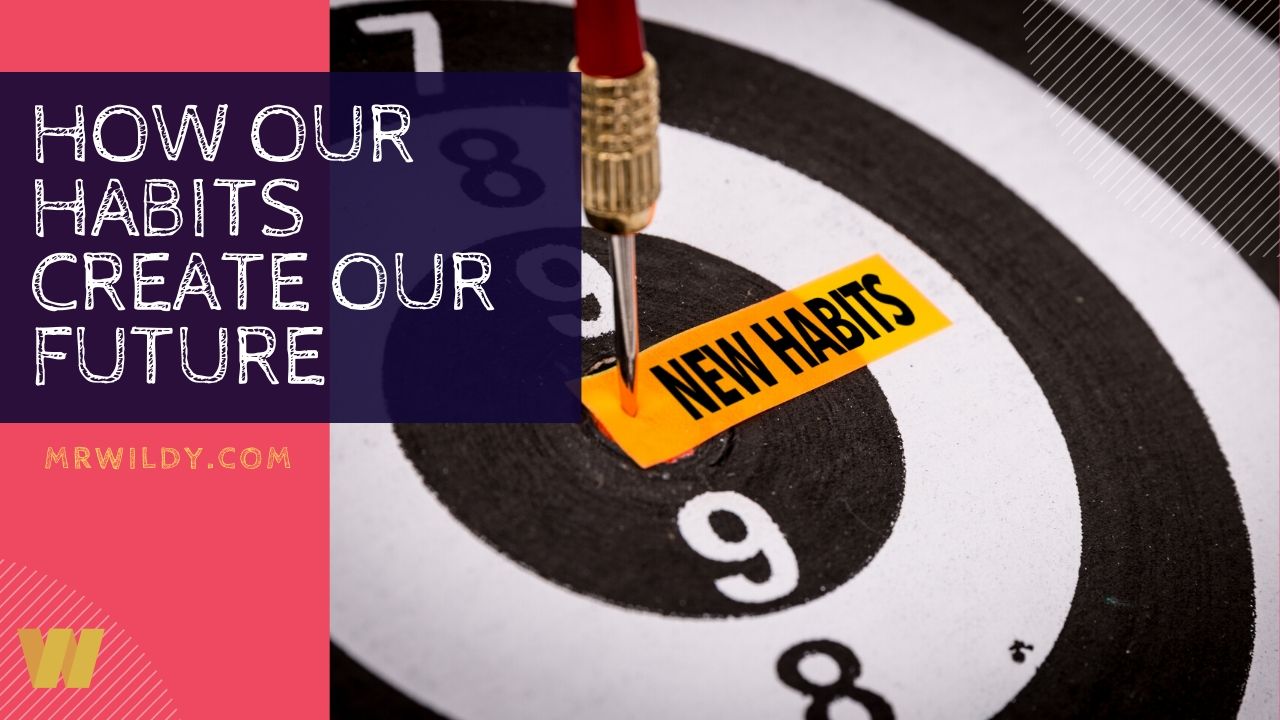
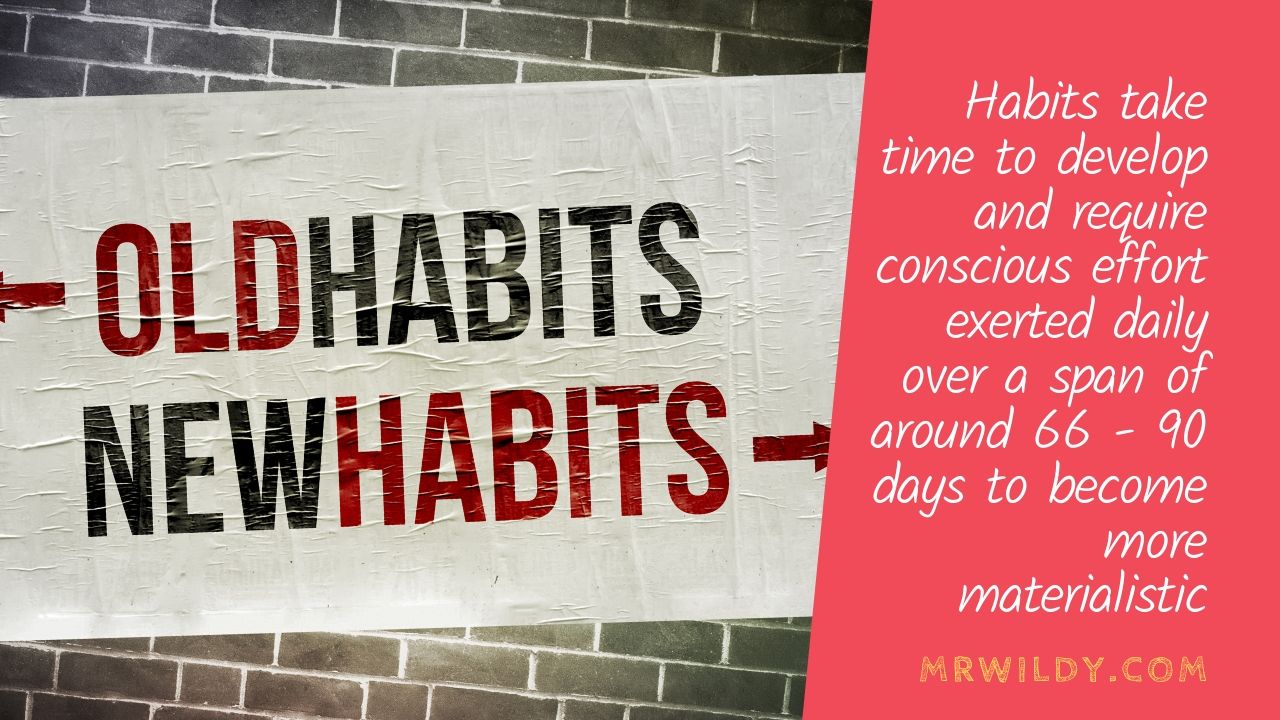
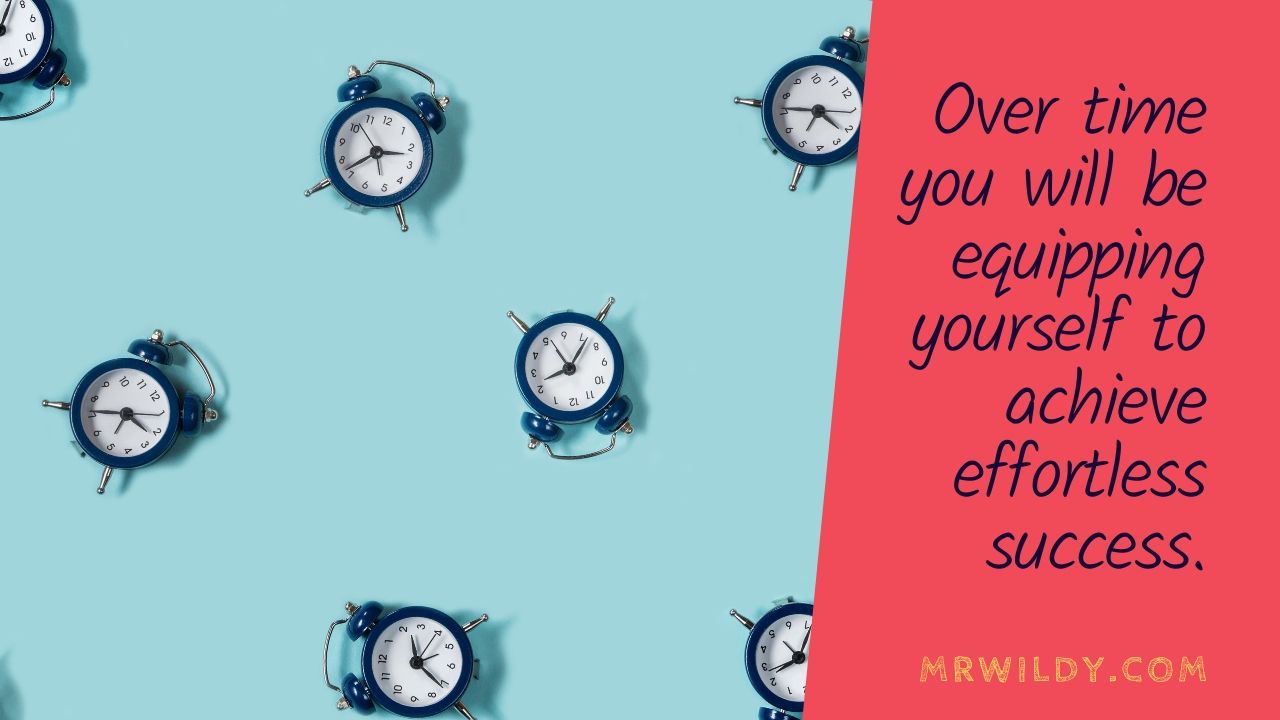


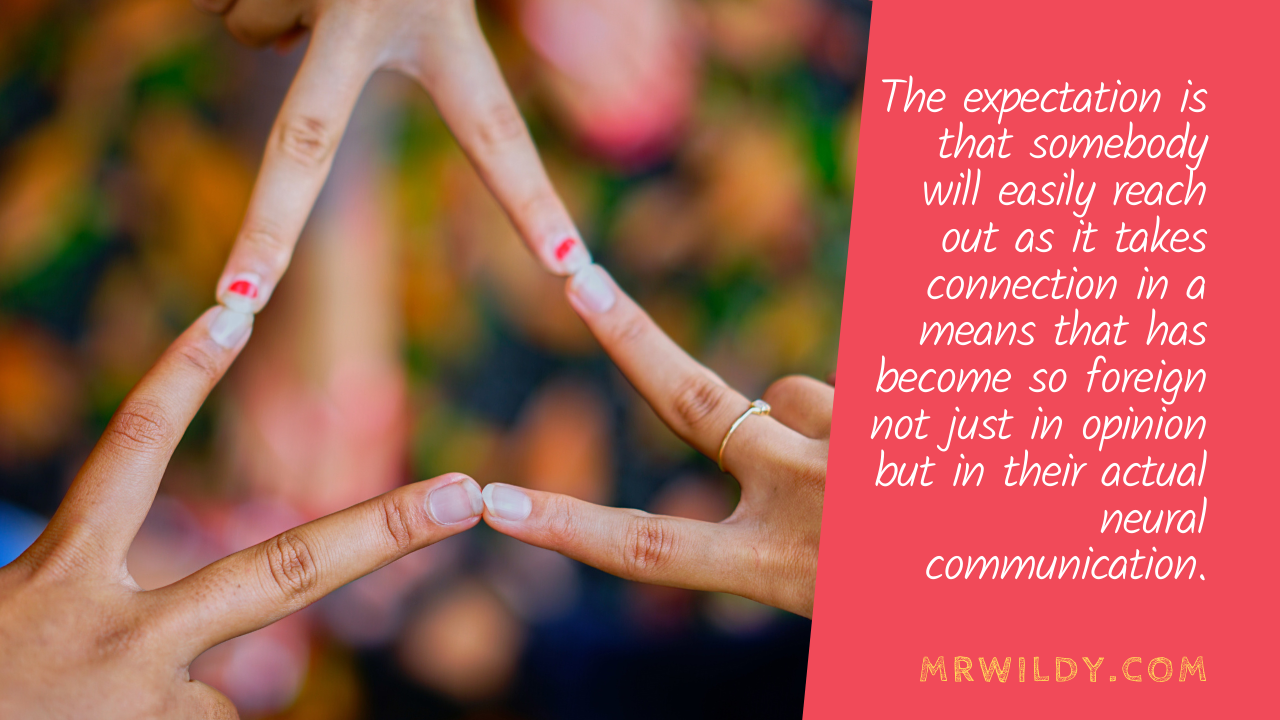
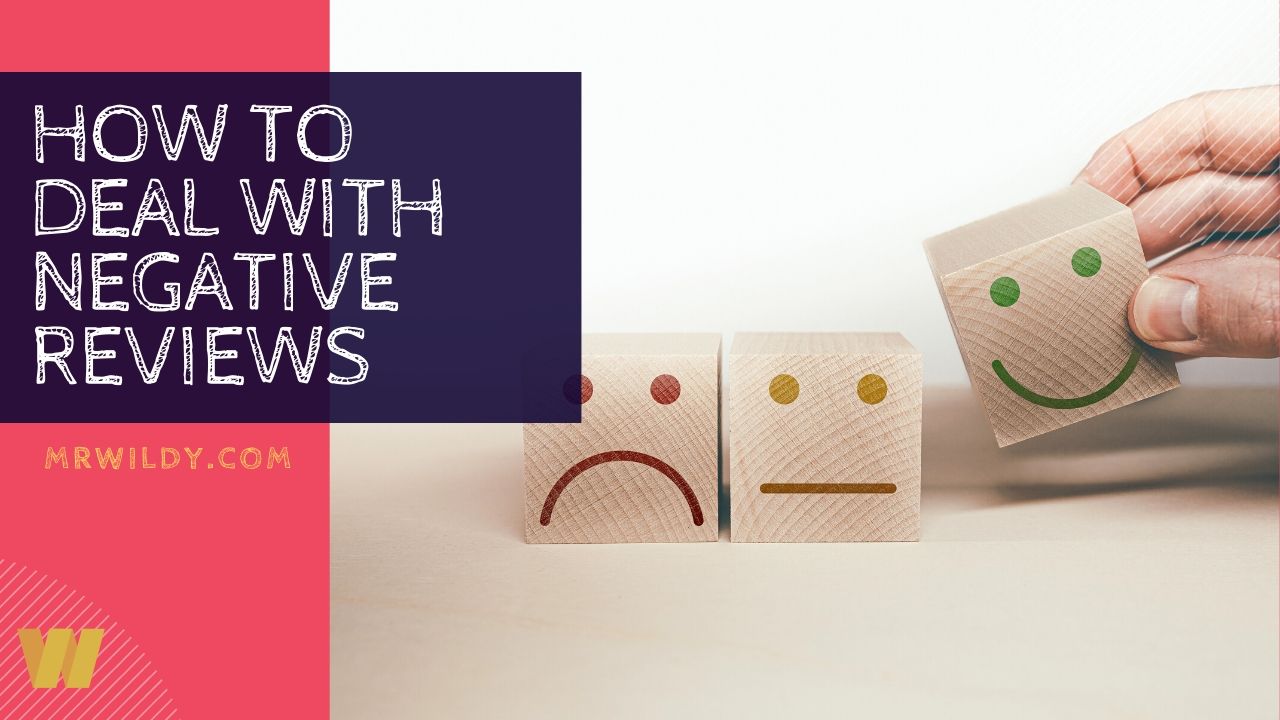
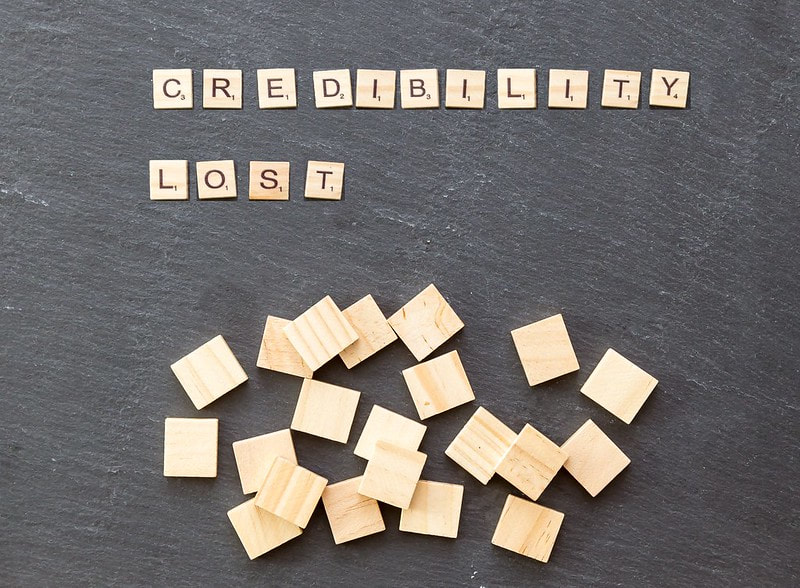
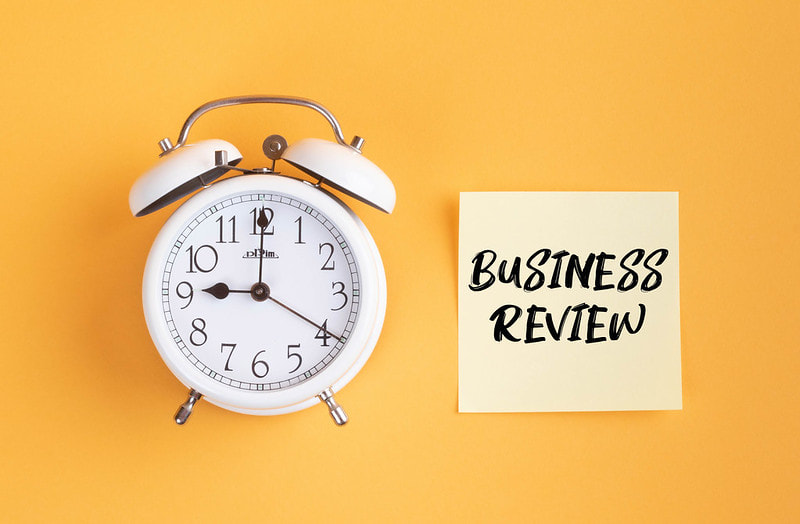



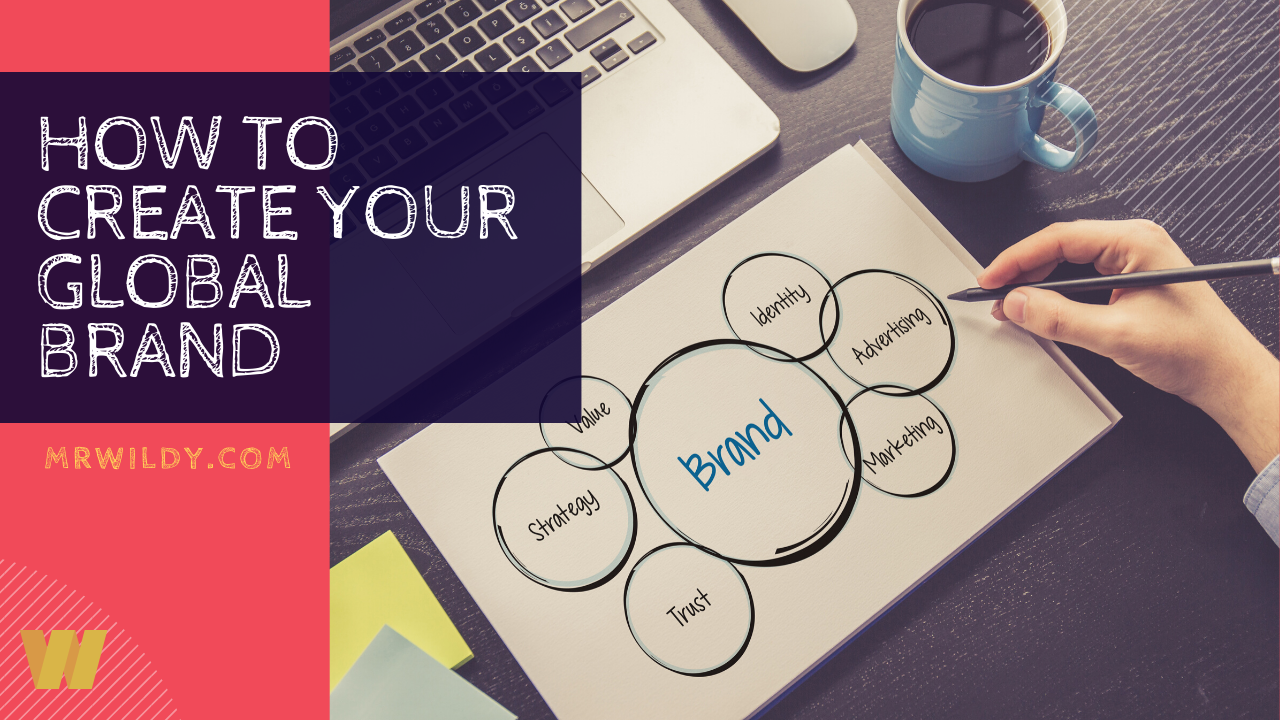

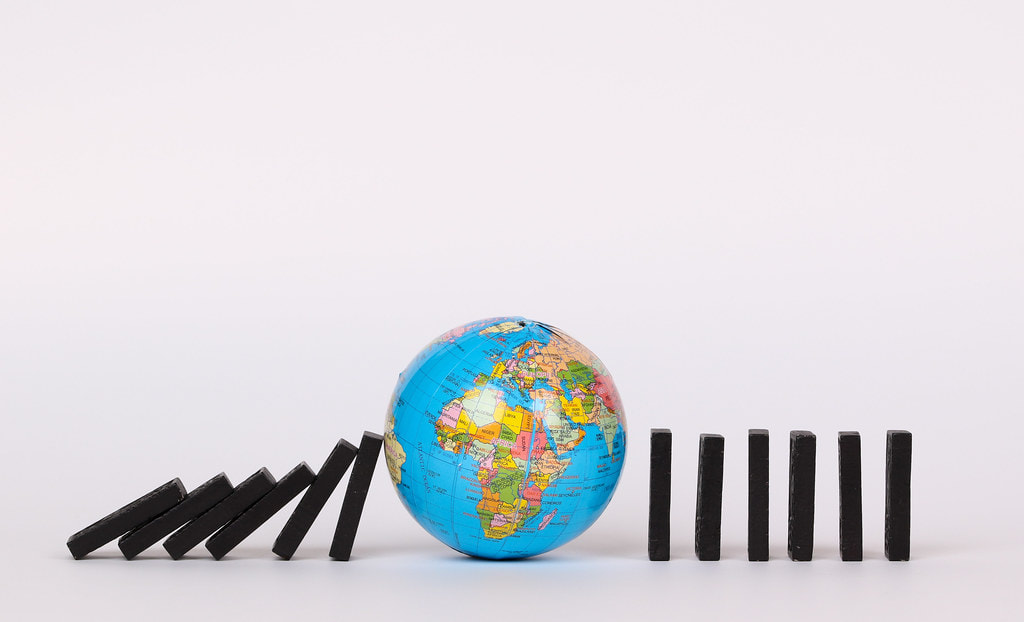
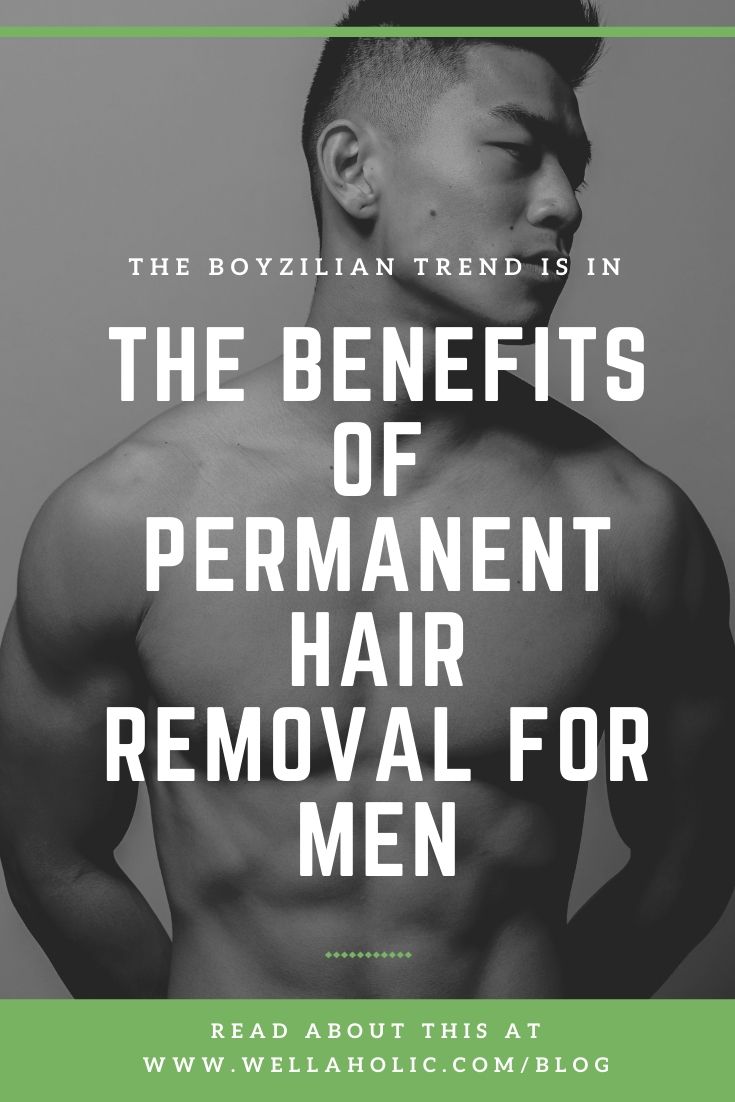
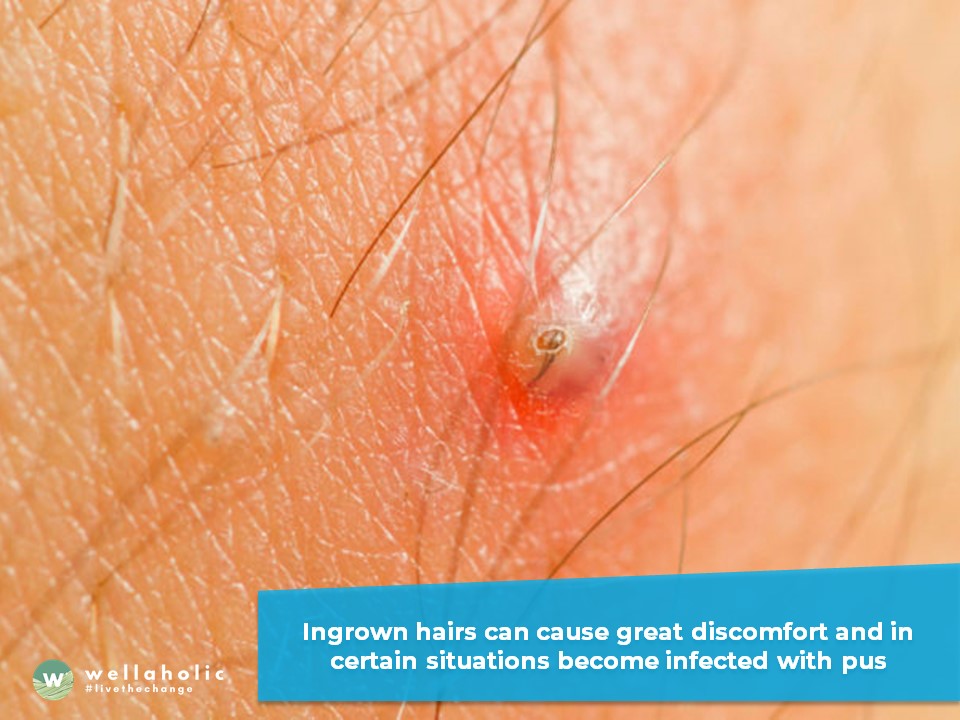
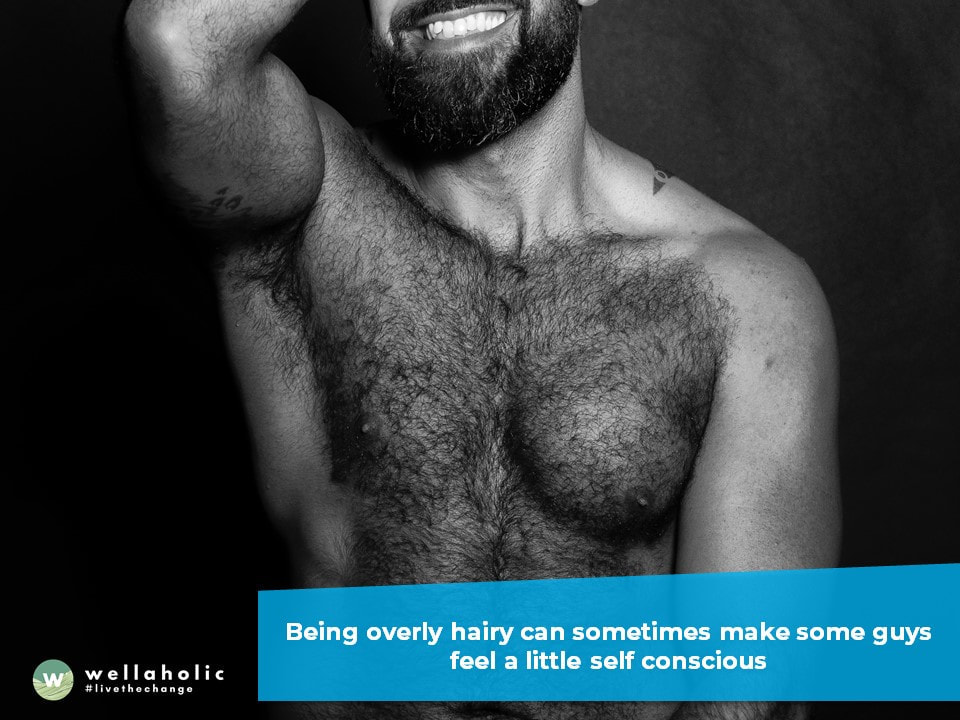
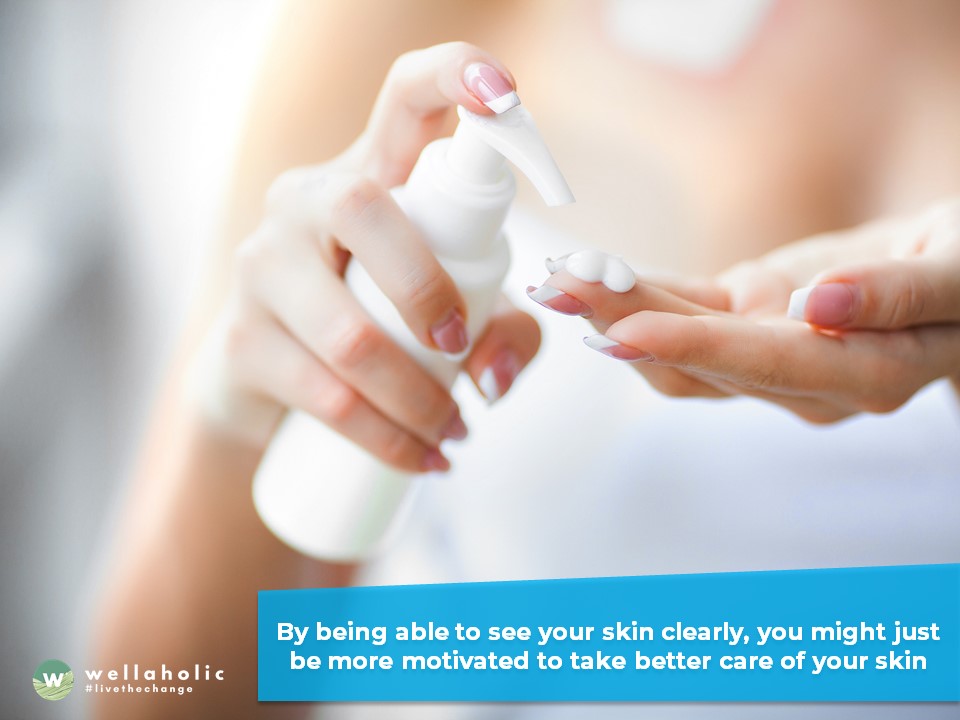
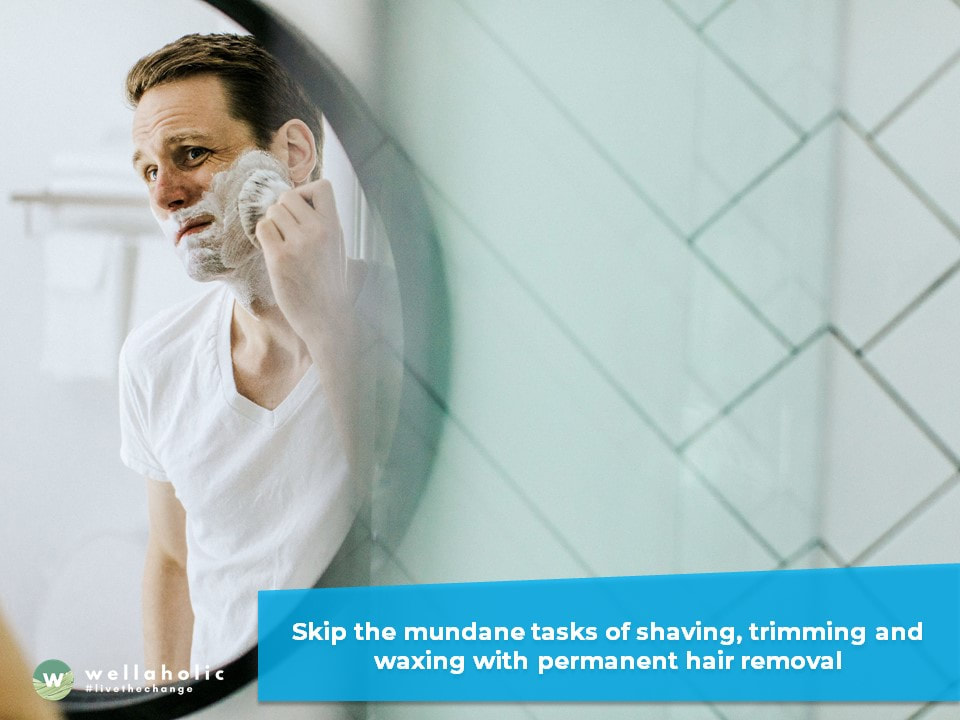

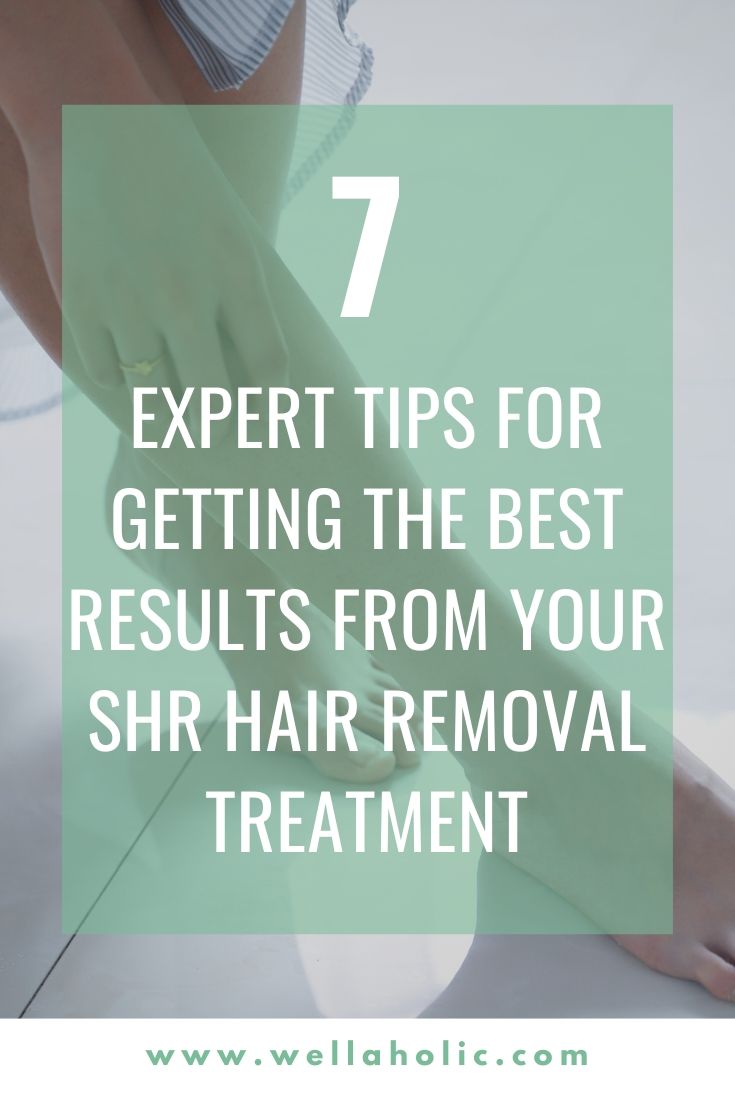
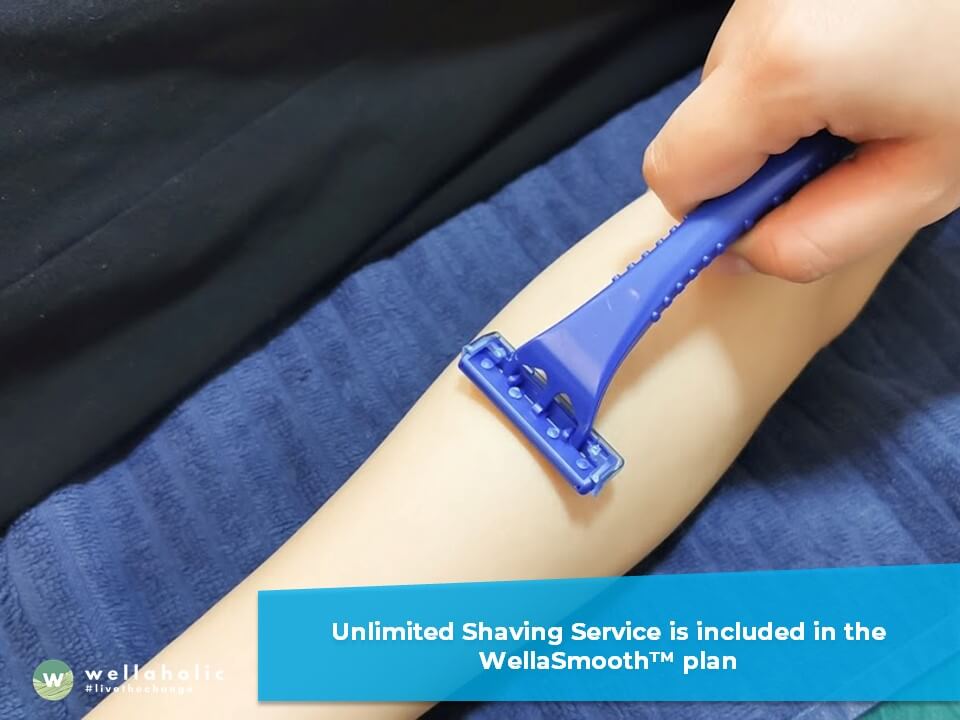



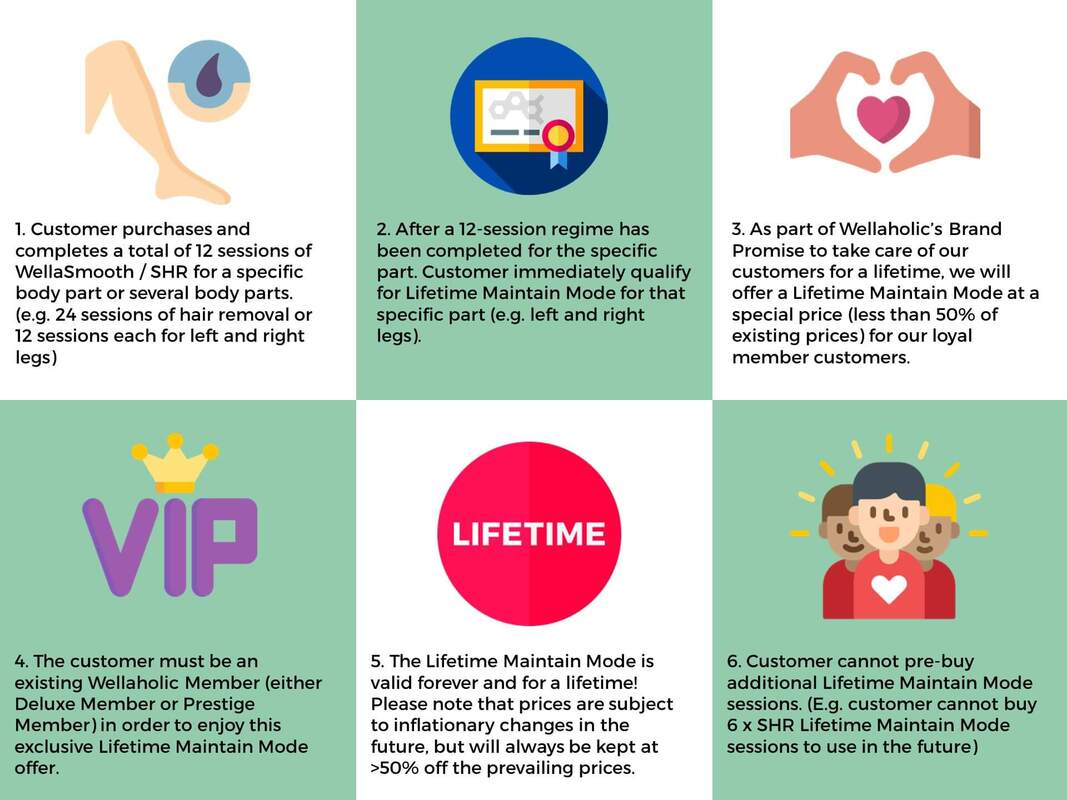
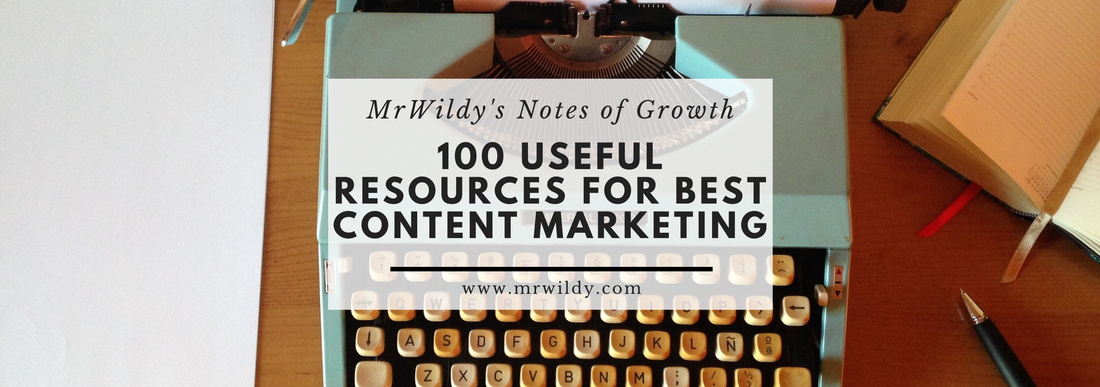

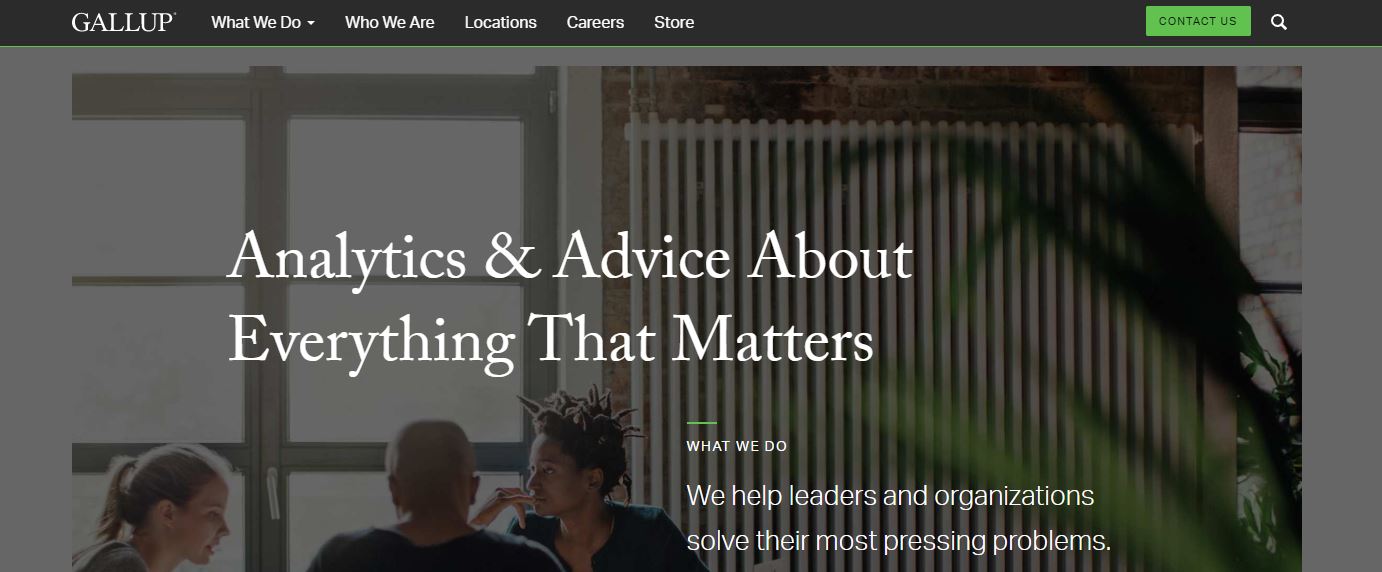


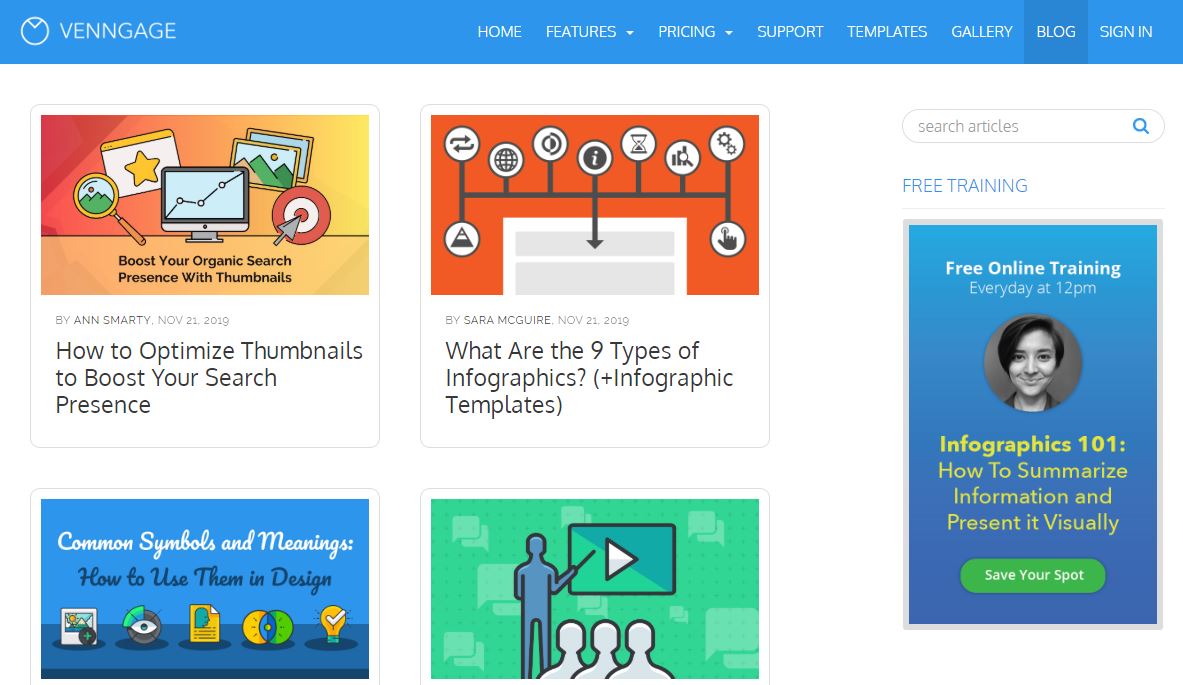
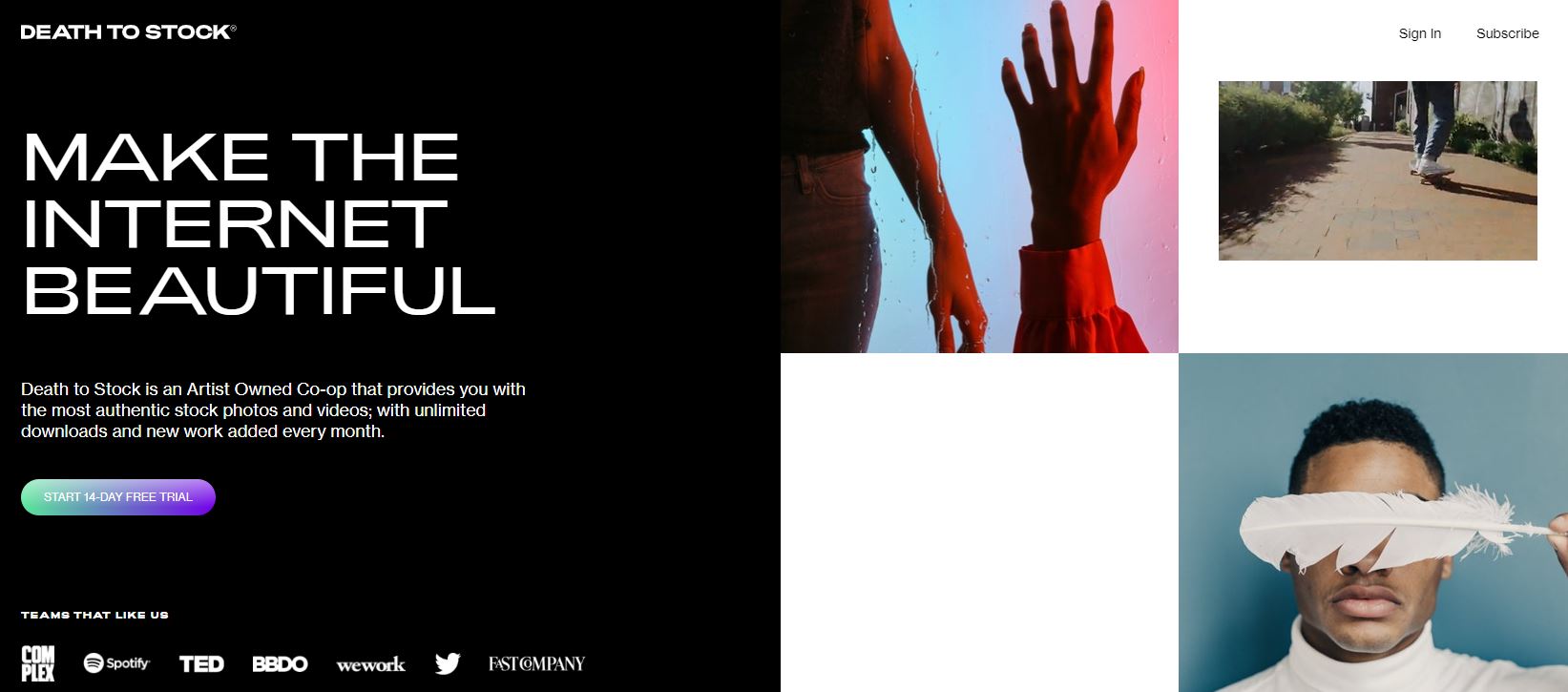
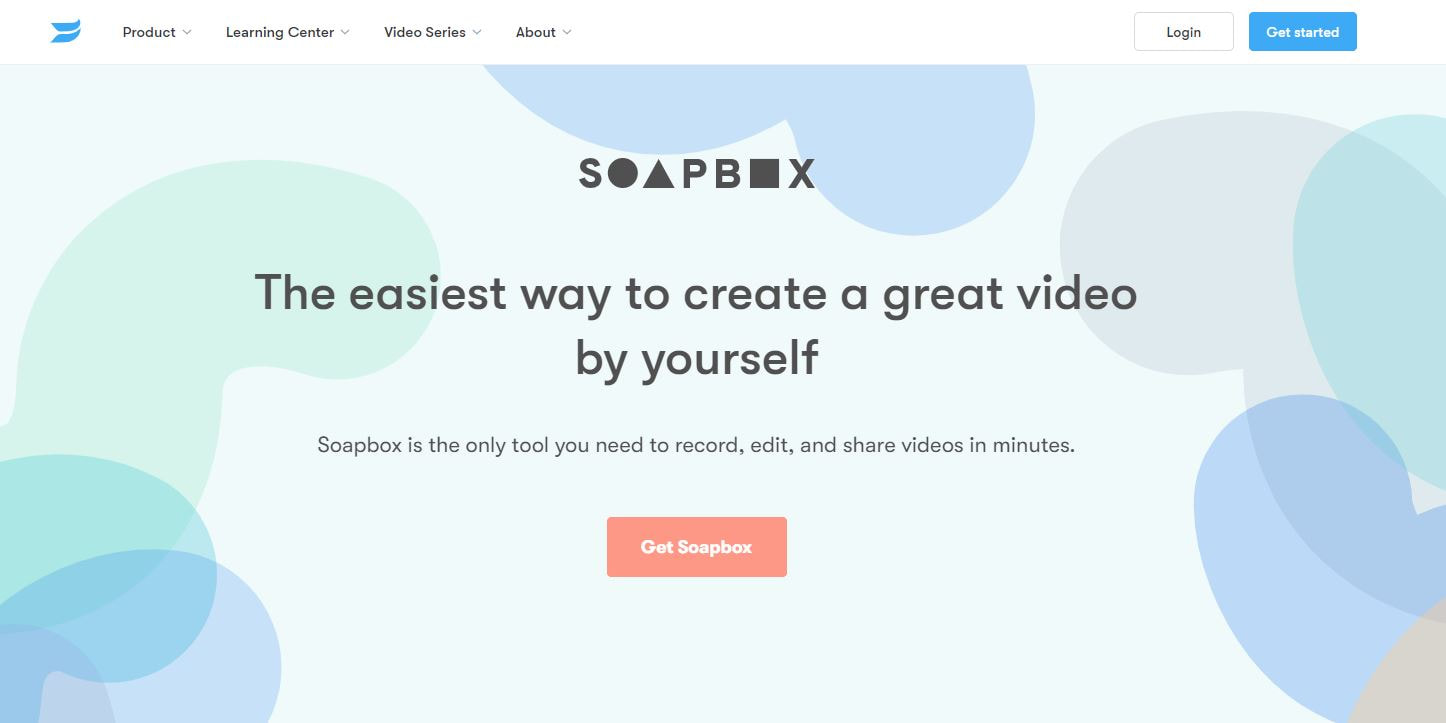
 RSS Feed
RSS Feed